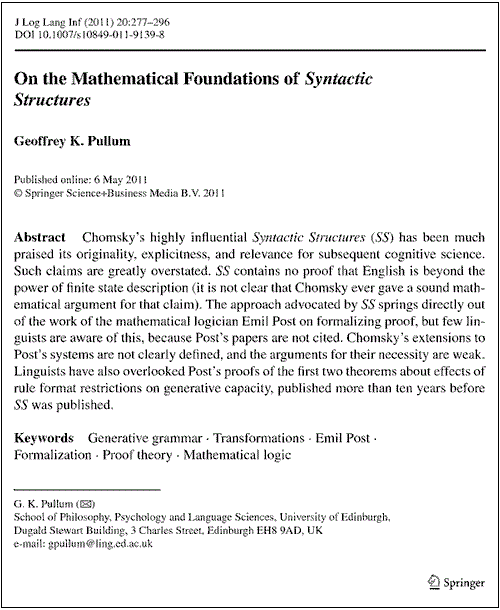Margaret Atwood (pdf) on Lewis Hyde’s
Trickster Makes This World: Mischief, Myth, and Art –
“Trickster,” says Hyde, “feels no anxiety when he deceives…. He… can tell his lies with creative abandon, charm, playfulness, and by that affirm the pleasures of fabulation.” (71) As Hyde says, “… almost everything that can be said about psychopaths can also be said about tricksters,” (158), although the reverse is not the case. “Trickster is among other things the gatekeeper who opens the door into the next world; those who mistake him for a psychopath never even know such a door exists.” (159)
What is “the next world”? It might be the Underworld….
The pleasures of fabulation, the charming and playful lie– this line of thought leads Hyde to the last link in his subtitle, the connection of the trickster to art. Hyde reminds us that the wall between the artist and that American favourite son, the con-artist, can be a thin one indeed; that craft and crafty rub shoulders; and that the words artifice, artifact, articulation and art all come from the same ancient root, a word meaning to join, to fit, and to make. (254) If it’s a seamless whole you want, pray to Apollo, who sets the limits within which such a work can exist. Tricksters, however, stand where the door swings open on its hinges and the horizon expands: they operate where things are joined together, and thus can also come apart.
See also George P. Hansen on Martin Gardner, Trickster.











 .
.